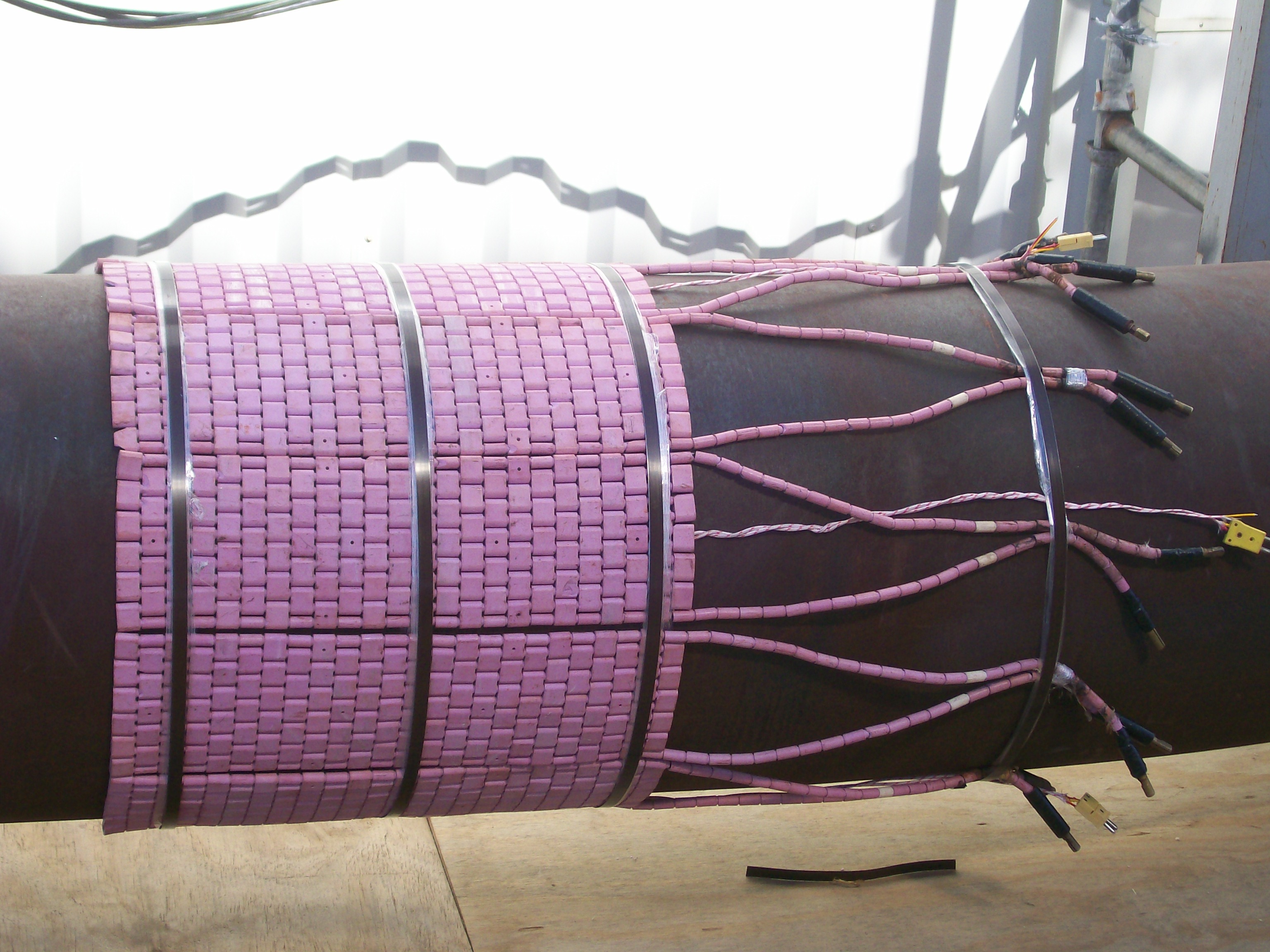
Welding is an essential part of operating and maintaining assets in the petroleum (upstream, midstream, downstream) and chemical processing industries. While it has many useful applications, the welding process can inadvertently weaken equipment by imparting residual stresses into a material, leading to reduced material properties.
In order to ensure the material strength of a part is retained after welding, a process known as Post Weld Heat Treatment (PWHT) is regularly performed. PWHT can be used to reduce residual stresses, as a method of hardness control, or even to enhance material strength.
If PWHT is performed incorrectly, or neglected altogether, residual stresses can combine with load stresses to exceed a material’s design limitations. This can lead to weld failures, higher cracking potential, and increased susceptibility to brittle fracture.
This encompasses of Stress Relieving. By the time welding is complete, the welding process can leave a large number of residual stresses in a material, which can lead to an increased potential for stress corrosion and hydrogen induced cracking. PWHT can be used to release these residual stresses and reduce this potential. This process involves heating the material to a specific temperature and then gradually cooling it.
